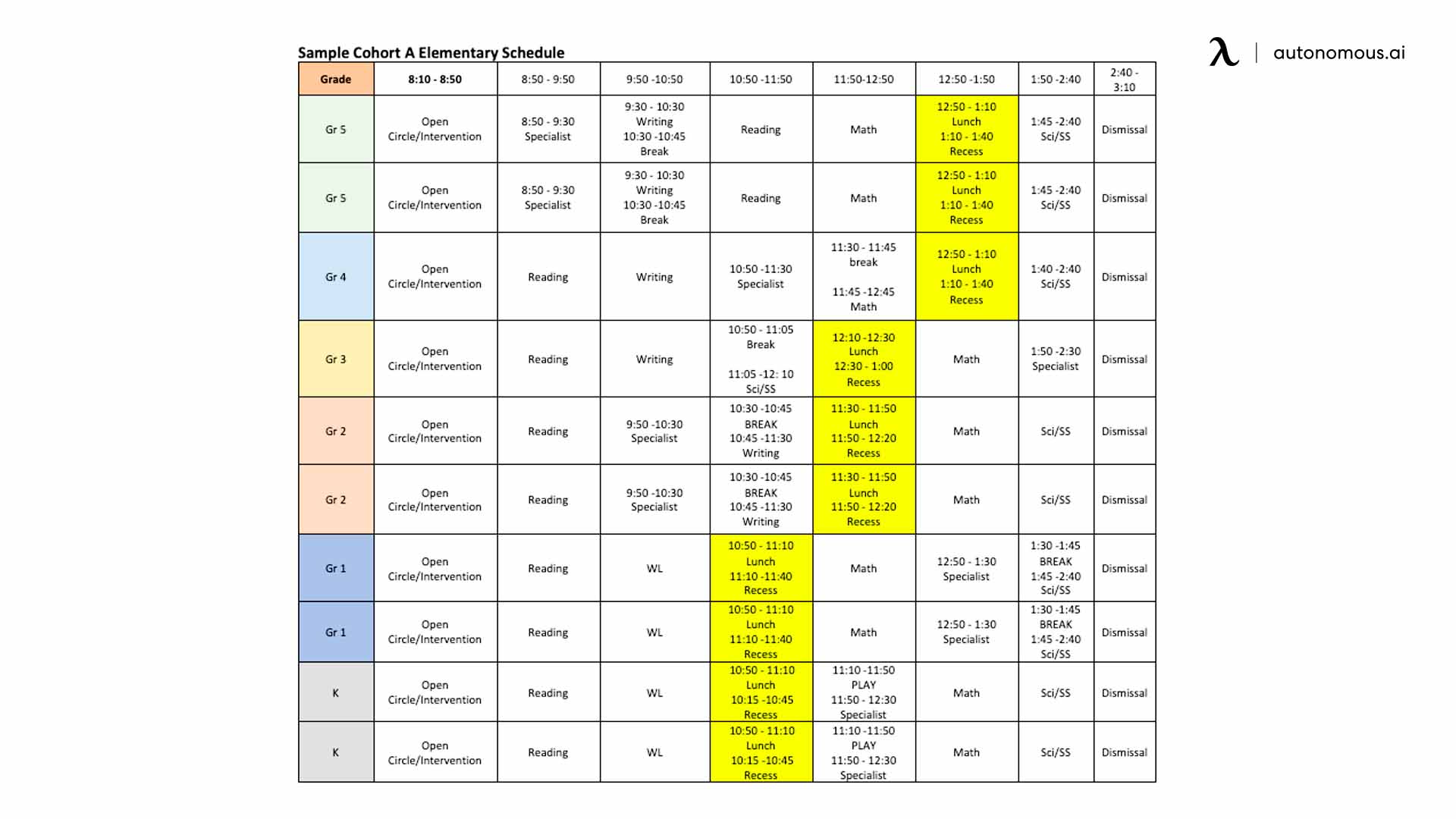

HYBRID WORK SCHEDULE FULL

Some remote-first work organizations even choose not to own or lease a dedicated workspace. Unlike hybrid work, remote-first work brings people to a physical space only occasionally. Remote-first work models allow most people to work from their home office or another remote location on most days. (You want to make sure everyone can attend but you don’t know everyone’s hybrid work schedule.) Hybrid work-life example: You book a conference room and set it up with Zoom conferencing capabilities.Office-first work-life example: You book only a physical conference room for the brainstorm you’re hosting as you know everyone will be in the office on Tuesday.Unlike hybrid work, office-first work means remote and off-site work are exceptions, occasional privileges, and not established norms. Office-first work models gather most people into a physical office on most days. How Hybrid Work Differs From… 1) Office-First Get a clearer picture with the hybrid work model examples below. Synonyms for hybrid work may include, in certain contexts: One worker does one job from at least two different locations and often alternates between those locations. Hybrid work is any work model where employees split their time between in-office and remote work.
HYBRID WORK SCHEDULE HOW TO
4) How To Implement A Successful Hybrid Model At Your Organization.1) What Does a Hybrid Work Model Look Like?.“Let people work when it makes the most sense for them, and you’re actually rewarded as an employer by having a more productive workforce, and those employees are happier as well.”īelow, you’ll find tips for going “hybrid” with confidence. “There are morning people, there are night owls,” HR expert Brian Kropp told ABC7 News. It represents the ultimate in personal flexibility and marks the end of doing the same thing day by day. Hybrid work just makes sense for many people. They became the budding hybrid workforce of the post-pandemic world. Like resilient amphibians who adapted to survive in both land and water, these workers adapted to work effectively in all environments. They developed the skills and systems they needed to successfully navigate the digital realm of remote work while still holding on to their office know-how. Office workers, no matter where they worked before, had to work remotely. The shared goal of slowing the spread of the coronavirus spurred most people to change their work habits more, practically overnight, than they had in decades.

Adaptation plays as central a role in work success as it does in survival, and the new hybrid work model is the end result of the adaptations necessitated by the 2020 COVID-19 pandemic.


 0 kommentar(er)
0 kommentar(er)
